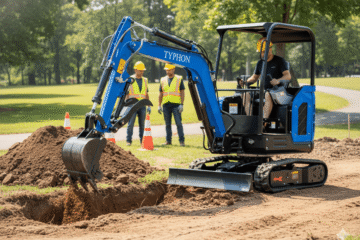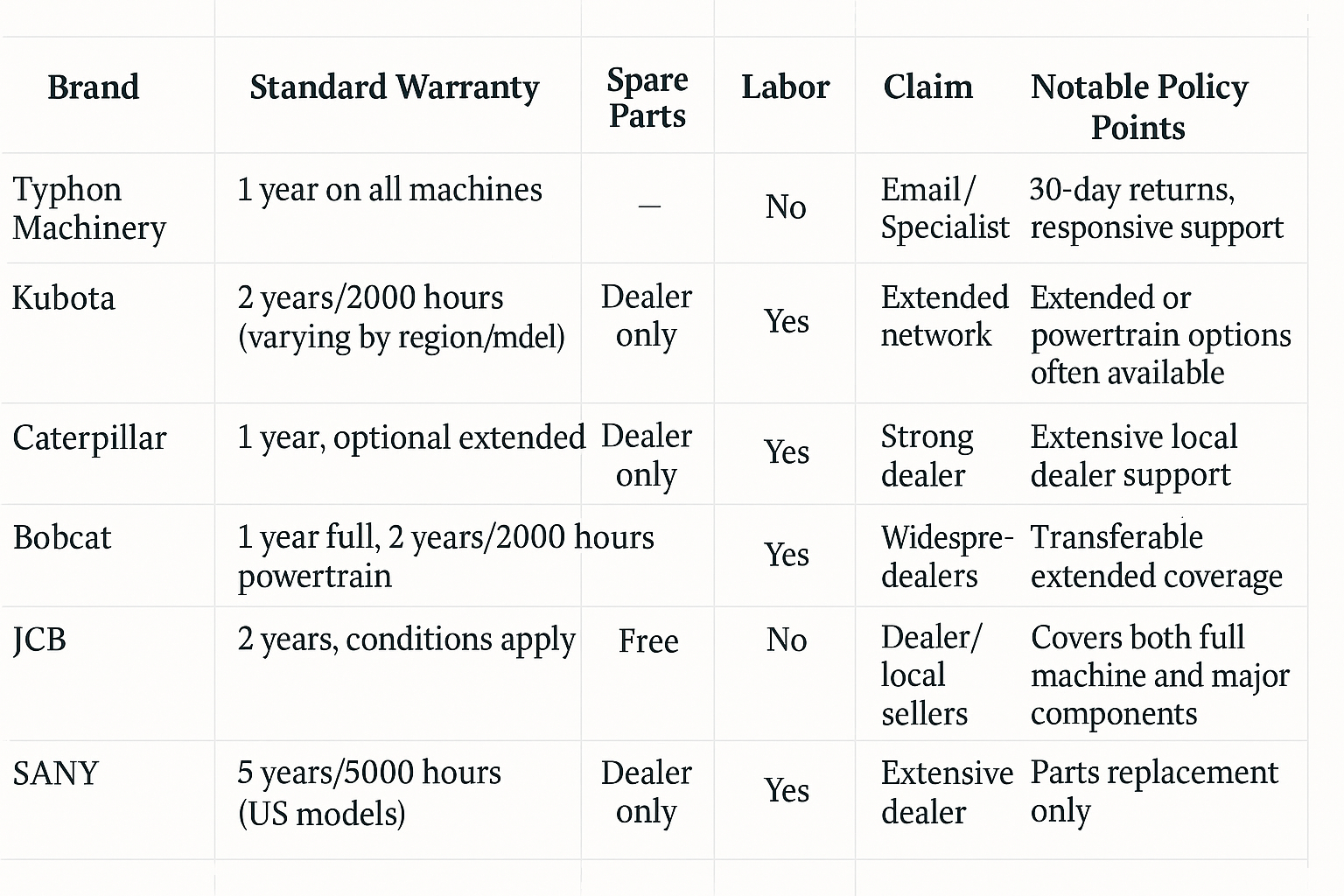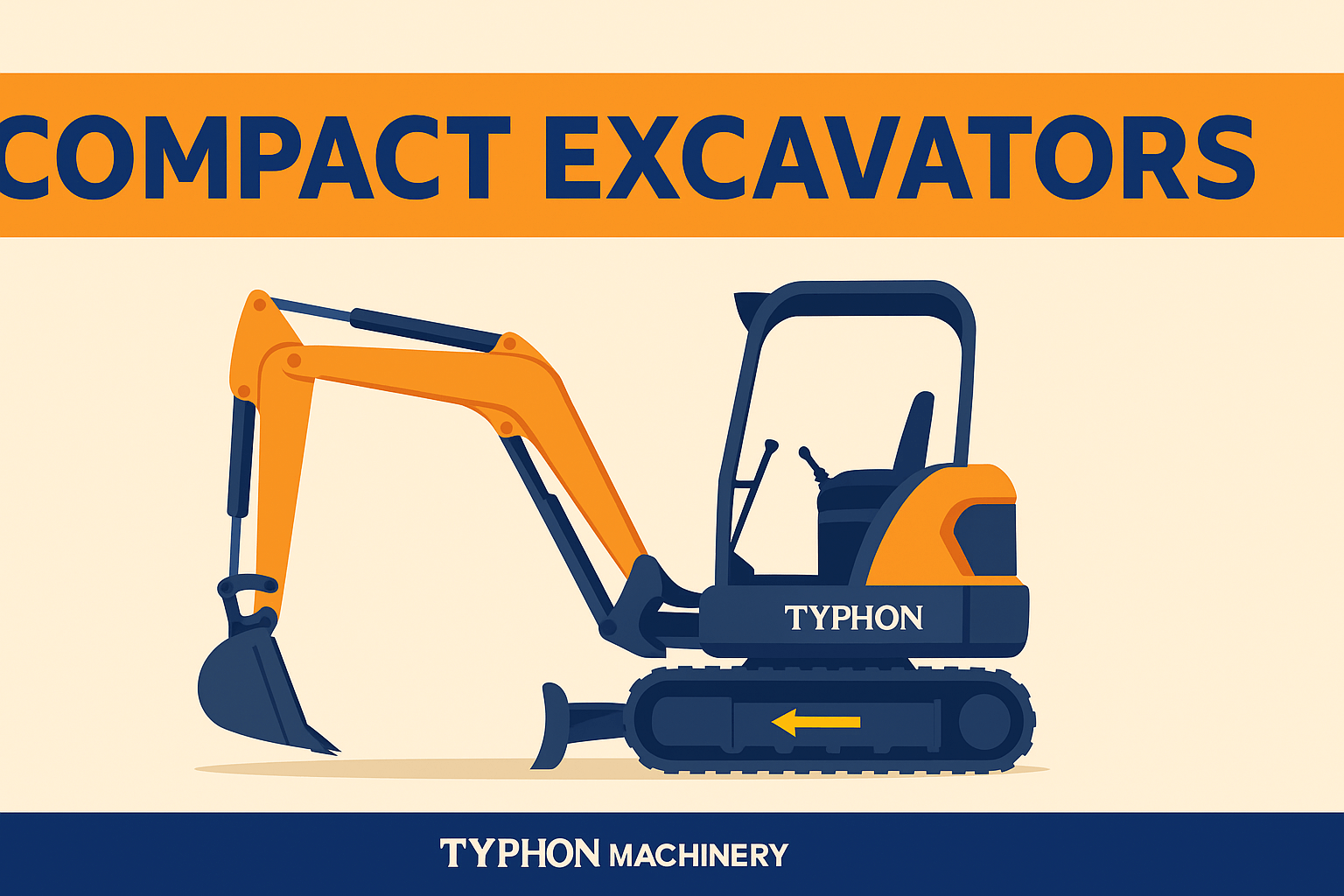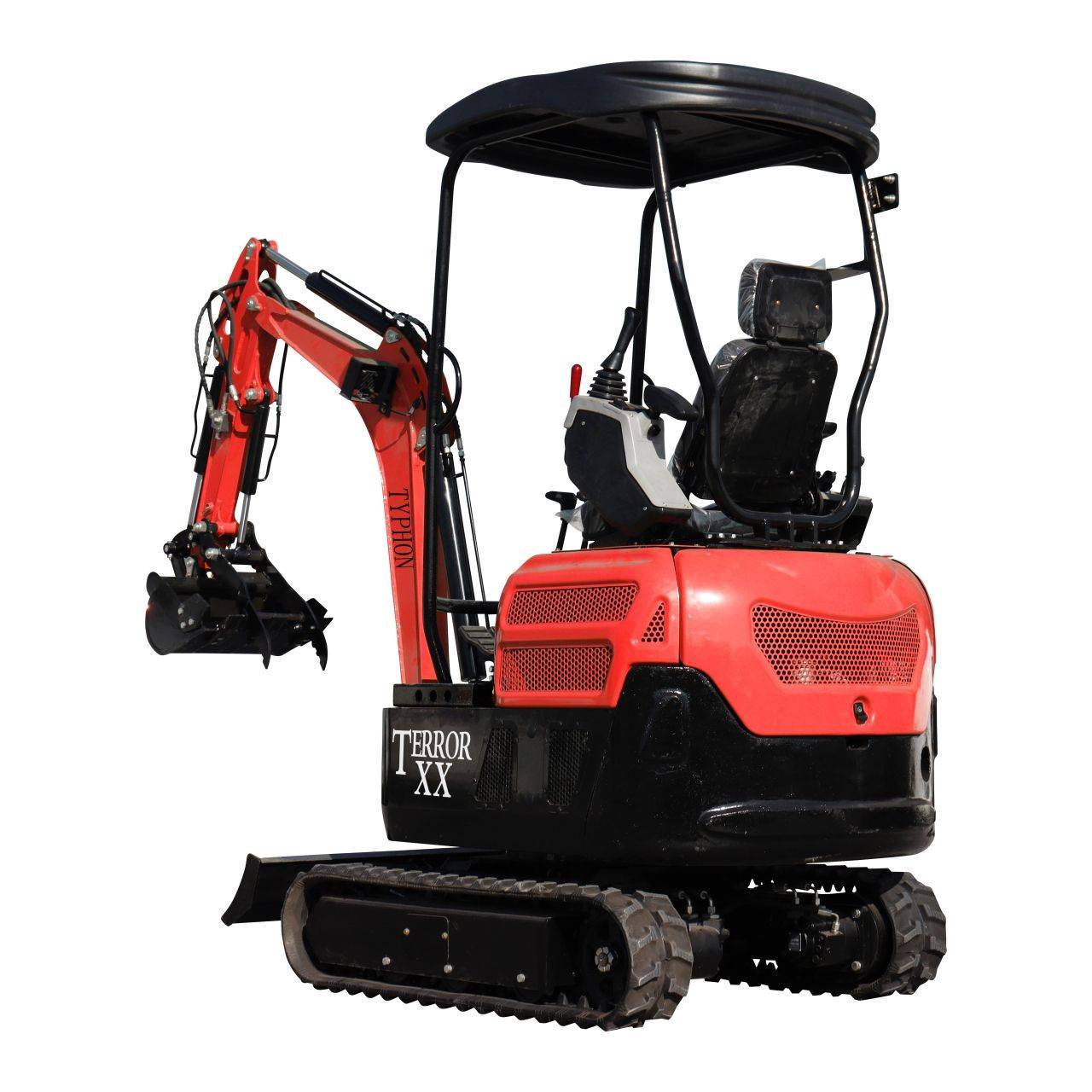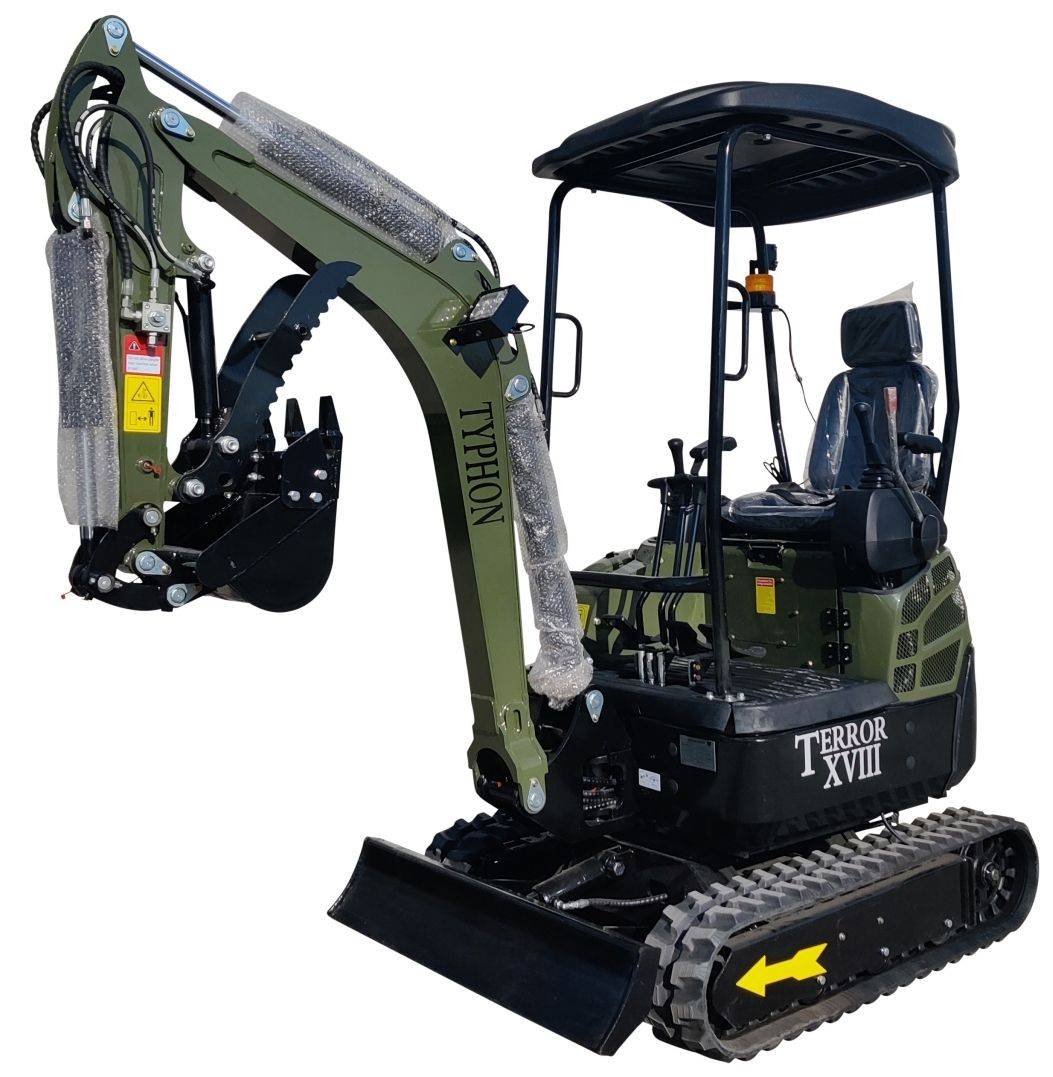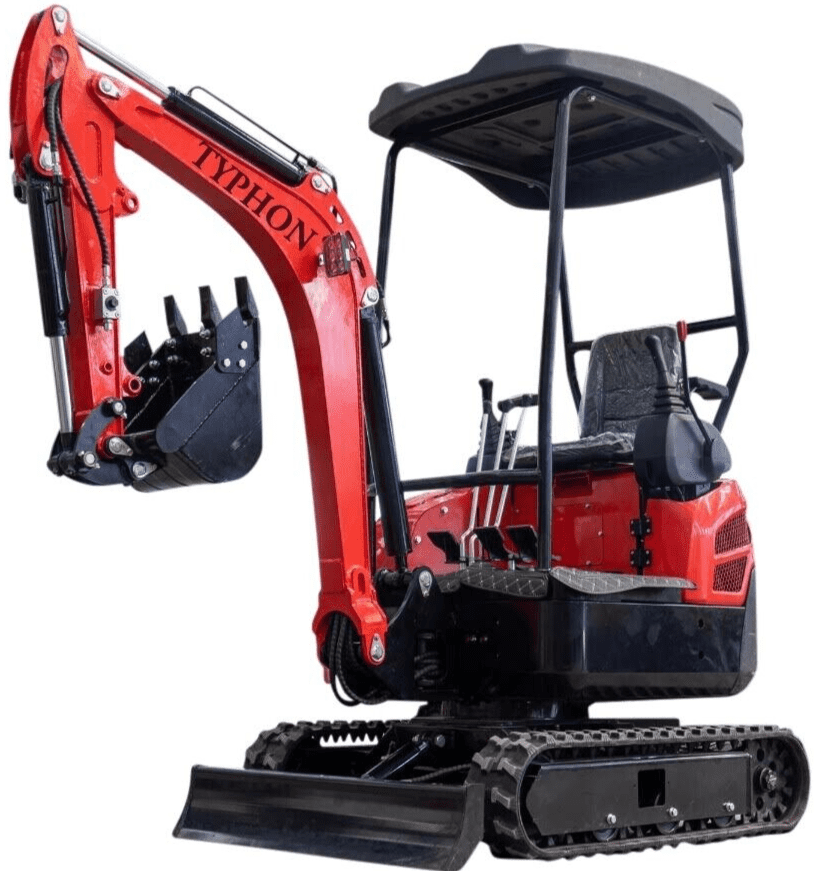
Forklift Vs Skid Steer: Which Shall I Go For?
When it comes to handling heavy materials and moving them around a worksite, you need to make the right choice. Primarily, two popular machines come to mind which are Forklift Vs Skid Steer. Both have their strengths and weaknesses, and choosing the right one depends on your specific needs. However, here we will explore Forklift Vs Skid Steer to learn the differences between forklifts and skid steers.
Forklift Vs Skid Steer: Key differences Between Forklift and Skid Steer
Let’s explore Forklift Vs Skid Steer for more understanding:
What is a Forklift?
A forklift is a powered industrial truck that is used to lift and move materials over short distances. It typically has two forks at the front that can slide underneath a load. Additionally, the common applications of forklifts are in warehouses, construction sites, and factories. Above all, they are great for lifting pallets, stacks of materials, and other heavy items.

Key Features of Forklifts
So, here we will explore key features of forklifts:
- Lifting Capacity
Overall, forklifts can typically lift heavier loads than skid steers. Depending on the model, they can lift anywhere from 3,000 to over 50,000 pounds.
- Vertical Reach
Additionally, forklifts are designed to lift loads high into the air. This makes them ideal for stacking materials on shelves or in storage areas.
- Stability
Forklifts have a wide wheelbase, which provides good stability while lifting heavy loads. This also makes them safer for carrying materials at height.
- Variety of Attachments: While most people think of forks, there are many attachments available for forklifts, including clamps, booms, and side shifters.
Limitations of Forklifts
- Maneuverability
Forklifts are often larger and less maneuverable than skid steers. This is making it harder to navigate tight spaces.
- Surface Requirements
Moreover, forklifts work best on smooth and hard surfaces. While, they may struggle on uneven ground or soft terrain.
What is a Skid Steer?
A skid steer is a small, versatile machine with a rigid frame and lift arms. It is also equipped with a variety of attachments, which can be quickly changed, making it useful for many tasks. Moreover, skid steers are often used in construction, landscaping, and agriculture.
Key Features of Skid Steers
- Compact Size
Skid steers are much smaller than forklifts. Consequently, this makes them easy to maneuver in tight spaces, such as around buildings or in small yards.
- Versatility
Skid steers can be fitted with various attachments, such as buckets, forks, brooms, and even snow plows. This also allows them to perform a wide range of tasks, from digging and lifting to clearing debris.
- All-Terrain Capability
Skid steers can work on uneven ground, gravel, and even mud. They often have a better grip on soft surfaces due to their weight distribution.
- 360-Degree Visibility
The design of skid steers allows for excellent visibility. It helps operators see their surroundings clearly while working.
Limitations of Skid Steers
- Lifting Capacity
Skid steers generally have lower lifting capacities compared to forklifts. It usually ranges from 1,500 to 3,000 pounds, depending on the model.
- Limited Vertical Reach
Skid steers are not designed for lifting loads very high. They are more suited for moving materials horizontally rather than stacking them.
Final Thoughts
The choice between forklift vs. skid steer depends on your needs. If you require heavy lifting and vertical reach, a forklift is the way to go. If you need versatility and the ability to work in tight or uneven spaces, a skid steer may be your best option. So, you must take your time to assess your specific tasks and environment before making a decision.

